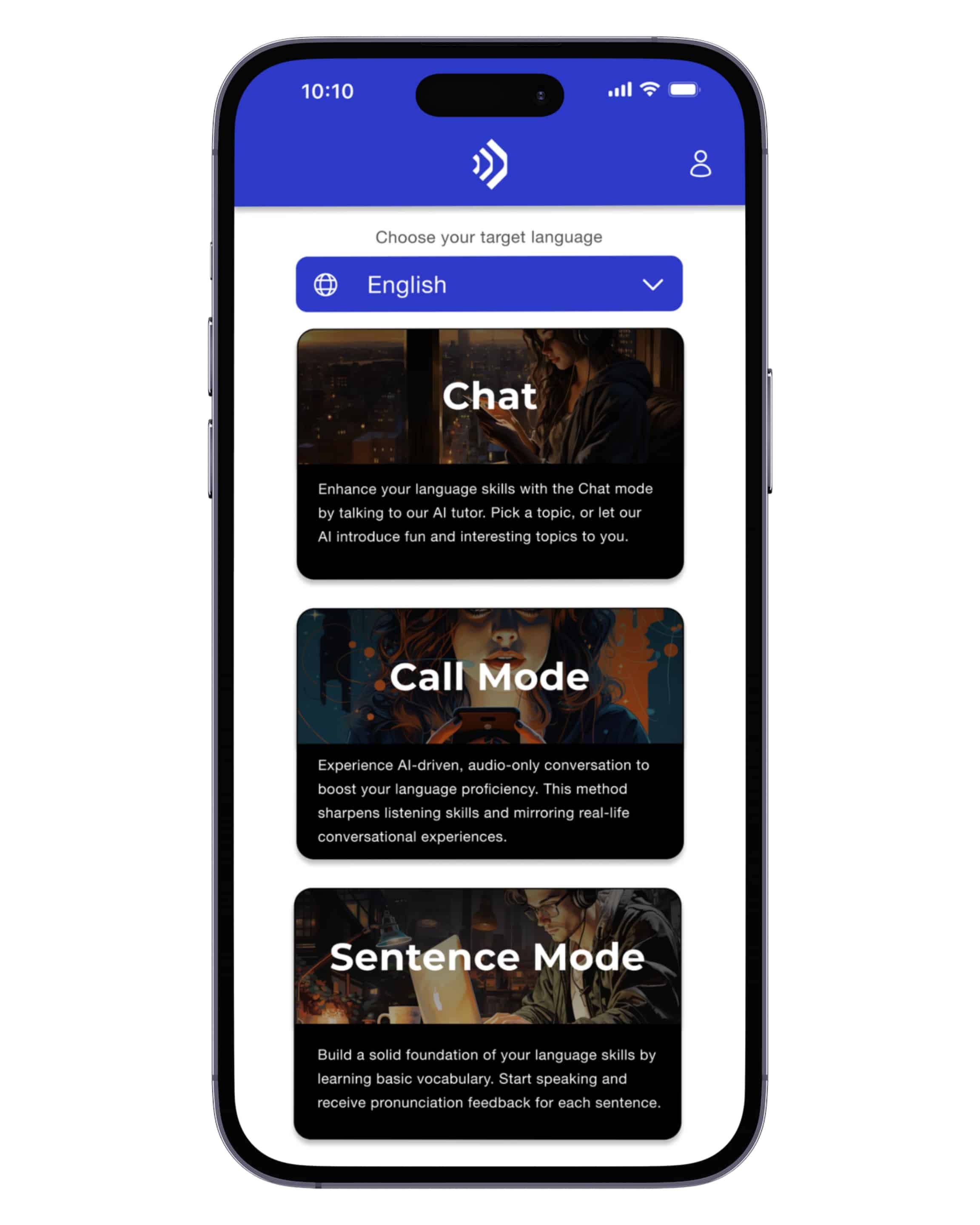Pick a language and start learning!
Indirect object pronouns Grammar Exercises for Spanish Language

Indirect object pronouns in Spanish are essential for constructing sentences that convey who is receiving the action of the verb indirectly. These pronouns replace nouns that function as indirect objects, making sentences more fluid and less repetitive. For example, instead of saying "Le doy el libro a Juan" repeatedly, you can simply say "Le doy el libro," assuming the context is clear. The main indirect object pronouns in Spanish are: me (to/for me), te (to/for you, informal), le (to/for him, her, you formal), nos (to/for us), os (to/for you all, informal), and les (to/for them, you all formal).
Understanding how to use indirect object pronouns correctly can significantly enhance your Spanish communication skills. These pronouns are often used in conjunction with direct object pronouns, adding a layer of complexity to sentence structure. For instance, in the sentence "Se lo doy" (I give it to him/her), "se" is the indirect object pronoun and "lo" is the direct object pronoun. Mastering the placement and agreement of these pronouns is crucial, as it ensures your sentences are grammatically correct and easily understood by native speakers. Through a series of targeted exercises, you will gain confidence and proficiency in using indirect object pronouns, paving the way for more natural and effective communication in Spanish.
Exercise 1
<p>1. Ella *me* da el libro (a mí).</p>
<p>2. Nosotros *le* compramos un regalo (a él/ella).</p>
<p>3. Yo *te* escribo una carta (a ti).</p>
<p>4. Ellos *nos* envían una invitación (a nosotros).</p>
<p>5. Tú *les* cuentas la historia (a ellos).</p>
<p>6. María *le* presta su coche (a Juan).</p>
<p>7. Mis padres *me* regalan un perro (a mí).</p>
<p>8. Nosotros *te* mandamos un mensaje (a ti).</p>
<p>9. Yo *le* doy las llaves (a ella).</p>
<p>10. Ustedes *nos* ofrecen ayuda (a nosotros).</p>
Exercise 2
<p>1. María *le* dio un regalo a su hermano (indirect object pronoun for "a su hermano").</p>
<p>2. Nosotros *les* enviamos una carta a nuestros abuelos (indirect object pronoun for "a nuestros abuelos").</p>
<p>3. Yo *te* compré un libro (indirect object pronoun for "a ti").</p>
<p>4. Los estudiantes *le* hicieron una pregunta al profesor (indirect object pronoun for "al profesor").</p>
<p>5. Mis padres *me* regalaron una bicicleta (indirect object pronoun for "a mí").</p>
<p>6. Ana siempre *nos* cuenta historias interesantes (indirect object pronoun for "a nosotros").</p>
<p>7. Tú *le* escribiste un mensaje a tu amigo (indirect object pronoun for "a tu amigo").</p>
<p>8. Los niños *les* dieron flores a sus maestras (indirect object pronoun for "a sus maestras").</p>
<p>9. Nosotros *te* mandamos una invitación (indirect object pronoun for "a ti").</p>
<p>10. Ella *le* preparó una cena especial a su esposo (indirect object pronoun for "a su esposo").</p>
Exercise 3
<p>1. Él *me* dio un regalo (to me).</p>
<p>2. Nosotros *le* enviamos una carta (to him/her).</p>
<p>3. Ella *nos* contó una historia (to us).</p>
<p>4. Tú *les* compraste un libro (to them).</p>
<p>5. Mis padres *me* cocinaron una cena especial (to me).</p>
<p>6. Yo *te* hice una pregunta (to you, informal).</p>
<p>7. El profesor *les* explicó la lección (to them).</p>
<p>8. Mi amiga *me* prestó su coche (to me).</p>
<p>9. Nosotros *le* dijimos la verdad (to him/her).</p>
<p>10. Ellos *nos* mostraron las fotos del viaje (to us).</p>






